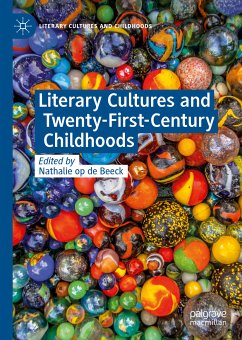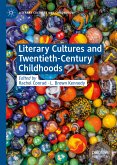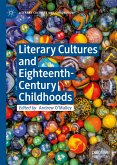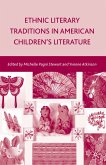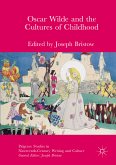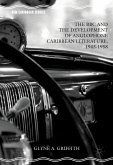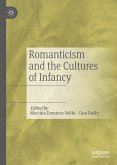of past centuries and their cascading effects upon children and all people. We
realize anew how imperialism, globalization, industrialization, and revolution
continue to reshape our world and that of new generations. At a volatile moment,
this collection asks how twenty-first century literature and related media
represent and shape the contemporary child, childhood, and youth.
Because literary representations construct ideal childhoods as well as model the
rights, privileges, and respect afforded to actual young people, this collection
surveys examples from popular culture and from scholarly practice. Chapters
investigate the human rights of children in literature and international policy; the
potential subjective agency and power of the child; the role models proposed for
young people; the diverse identities children embody and encounter; and the
environmental well-being of future human and nonhuman generations.
As a snapshot of our developing historical moment, this collection identifies
emergent trends, considers theories and critiques of childhood and literature,
and observes how new technologies and paradigms are destabilizing past
conventions of storytelling and lived experience.
Nathalie op de Beeck is the author of Suspended Animation: Children's Picture
Books and the Fairy Tale of Modernity (2010) and co-creator of Little Machinery:
A Critical Facsimile Edition (2009). Her work appears in The Oxford Handbook of
Children's Literature (2011), The Routledge Companion to Picturebooks (2017),
and journals including CLAQ and CLE. She is Associate Professor of English at
Pacific Lutheran University, USA.
Dieser Download kann aus rechtlichen Gründen nur mit Rechnungsadresse in A, B, BG, CY, CZ, D, DK, EW, E, FIN, F, GR, HR, H, IRL, I, LT, L, LR, M, NL, PL, P, R, S, SLO, SK ausgeliefert werden.

